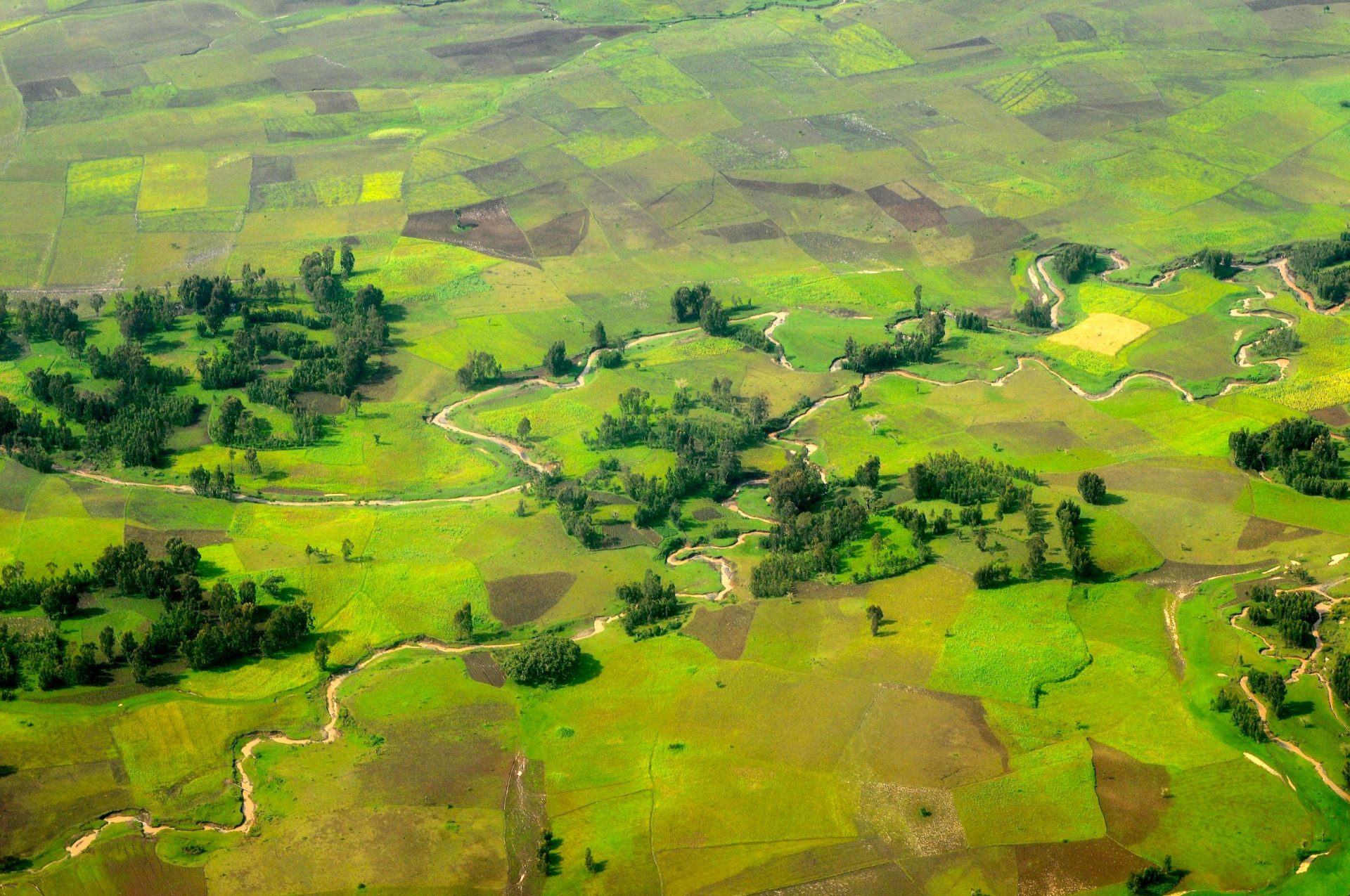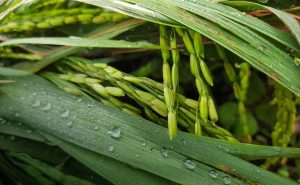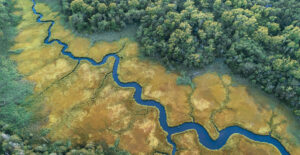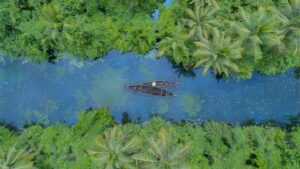Water for productive and multifunctional landscapes
How do hydrological flows affect the productivity of landscapes and what hydrological aspects need to be considered when restoring landscapes for sustainable production? Through numerous examples, the SIWI Swedish Water House Cluster Group on Water in the Landscape analysed the governance arrangements and management approaches, practices and technologies that would enable long-term sustainable landscapes.
The following recommendations are especially important to consider for sustainable management and, when necessary, restoration of productive landscapes:
RECOMMENDATIONS
• Improve integration of land and water considerations and understanding of hydrological processes in landscapes, as addressing water management is often a key entry point to restore degraded lands and to enhance landscape resilience for the benefit of local people.
• Continuously support the development of new integrated knowledge for evidence-based management and strengthening of capacity for innovative and integrated solutions for landscape restoration. This should include knowledge on both ecological and social aspects of restoration.
• Strengthen multi-level governance arrangements that allow for genuine stakeholder participation in landscape management and decision-making.
• Identify and apply best management practices and innovative tools that provide practical on-the-ground solutions to sustainable management and monitoring of water in the landscape.
• Ensure adequate and long-term financing from both the public and private sectors to sustain ecosystem services important for the long-term productivity and sustainability of landscapes for the benefit of livelihoods, the environment and the climate.
Summary
Landscape management is complex. It needs to deal with multiple objectives, and multiple stakeholders and governance levels. It is context-specific, and it is therefore impossible – even undesirable – to present a blueprint for water management in the landscape. However, good experiences from Sweden and elsewhere exist and can be shared.
Operationalizing existing national and intergovernmental governance frameworks and policies, in Sweden and internationally, would provide a good starting point for sustainable management of water in the landscape. Coupled with the recommendations in this report, it could contribute to productive and multifunctional landscapes that contribute to achieving the Sustainable Development Goals (SDGs), notably SDG 2 on Zero Hunger, SDG 6 on Clean Water and Sanitation, SDG 13 on Climate Action, and SDG 15 on Life on Land.




